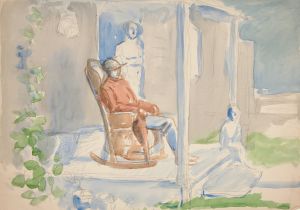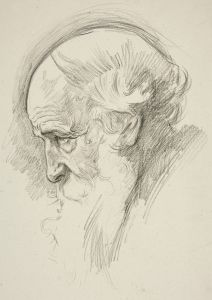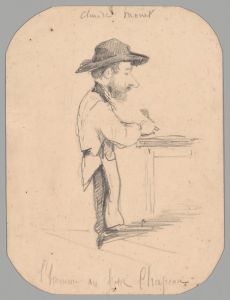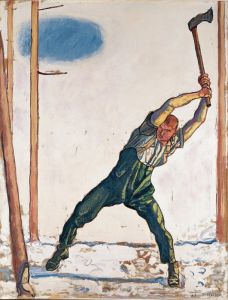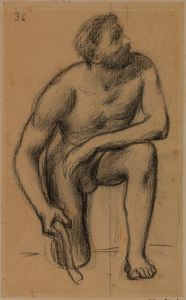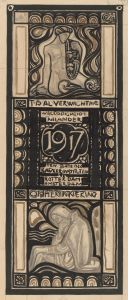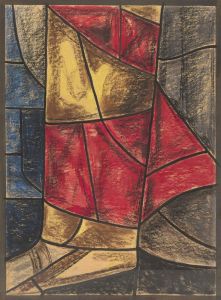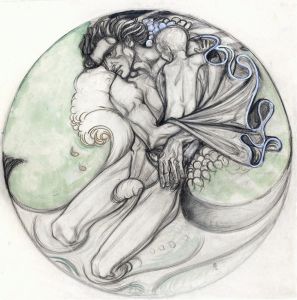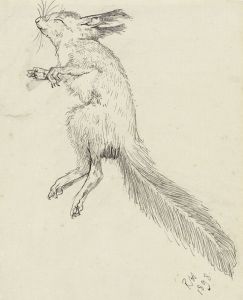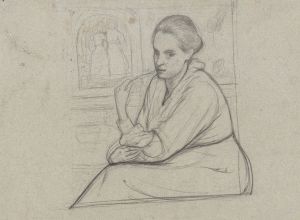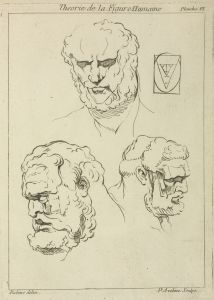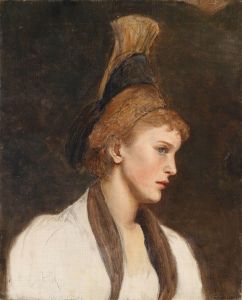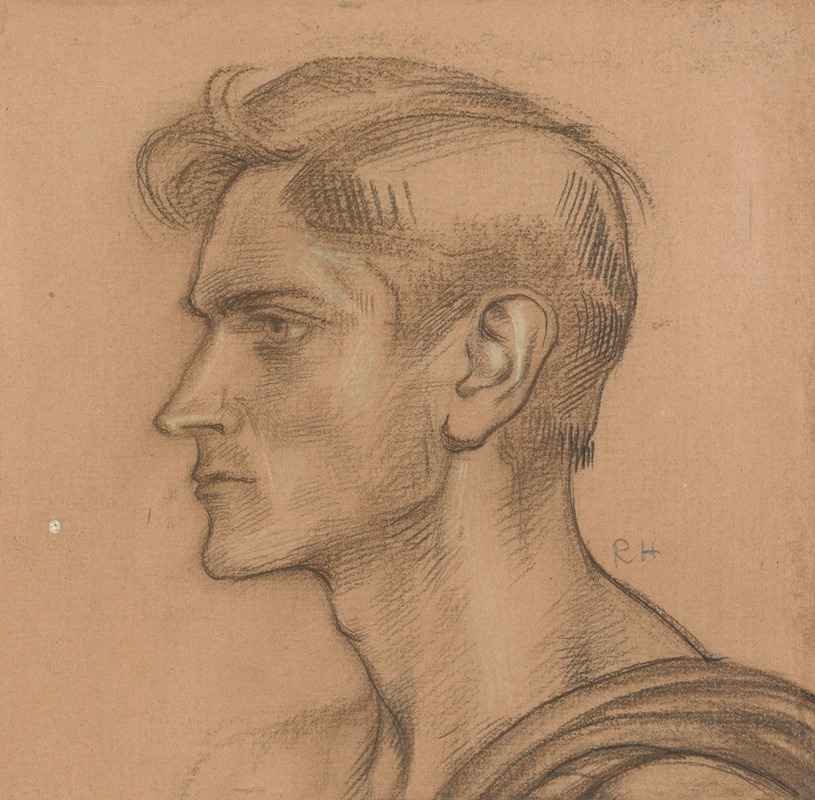
Mannenkop van opzij
A hand-painted replica of Richard Nicolaüs Roland Holst’s masterpiece Mannenkop van opzij, meticulously crafted by professional artists to capture the true essence of the original. Each piece is created with museum-quality canvas and rare mineral pigments, carefully painted by experienced artists with delicate brushstrokes and rich, layered colors to perfectly recreate the texture of the original artwork. Unlike machine-printed reproductions, this hand-painted version brings the painting to life, infused with the artist’s emotions and skill in every stroke. Whether for personal collection or home decoration, it instantly elevates the artistic atmosphere of any space.
Richard Nicolaüs Roland Holst was a prominent Dutch artist known for his contributions to the Symbolist movement and his involvement in the arts and crafts movement in the Netherlands. Born on December 4, 1868, in Amsterdam, Roland Holst was deeply influenced by the artistic and cultural milieu of his time. He was not only a painter but also a designer, illustrator, and writer, contributing significantly to the Dutch art scene in the late 19th and early 20th centuries.
One of his notable works is "Mannenkop van opzij," which translates to "Man's Head in Profile." This artwork exemplifies Roland Holst's skill in portraiture and his ability to capture the essence of his subjects with a keen eye for detail and a deep understanding of human expression. While specific details about the creation date and the subject of "Mannenkop van opzij" are not extensively documented, the work is representative of Roland Holst's broader artistic style and thematic interests.
Roland Holst's art is characterized by its symbolic content and often features allegorical themes. He was influenced by the broader Symbolist movement, which sought to express ideas and emotions through symbolic imagery and often drew inspiration from literature, mythology, and philosophy. His works frequently explore themes of spirituality, human emotion, and the interplay between the material and the spiritual worlds.
In addition to his paintings, Roland Holst was an accomplished designer and illustrator. He was involved in the Dutch arts and crafts movement, which emphasized the importance of craftsmanship and the integration of art into everyday life. This movement was part of a broader European trend that sought to counteract the industrialization of art and design by promoting traditional techniques and materials.
Roland Holst's contributions to the arts extended beyond his visual works. He was a prolific writer and an influential figure in the Dutch art community. He served as a professor at the Rijksakademie van Beeldende Kunsten in Amsterdam, where he influenced a generation of artists with his teachings and ideas. His writings often explored the role of art in society and the responsibilities of the artist.
Throughout his career, Roland Holst received numerous accolades for his work. He was recognized for his ability to blend traditional techniques with modern themes, creating art that was both timeless and contemporary. His legacy is preserved in various Dutch museums and collections, where his works continue to be studied and appreciated for their artistic and historical significance.
"Mannenkop van opzij," like many of Roland Holst's works, reflects his deep engagement with the human condition and his ability to convey complex emotions through simple yet powerful imagery. While specific details about this particular piece may be limited, it remains an important part of his oeuvre, showcasing his talent as a portrait artist and his contribution to the Symbolist movement in the Netherlands.





